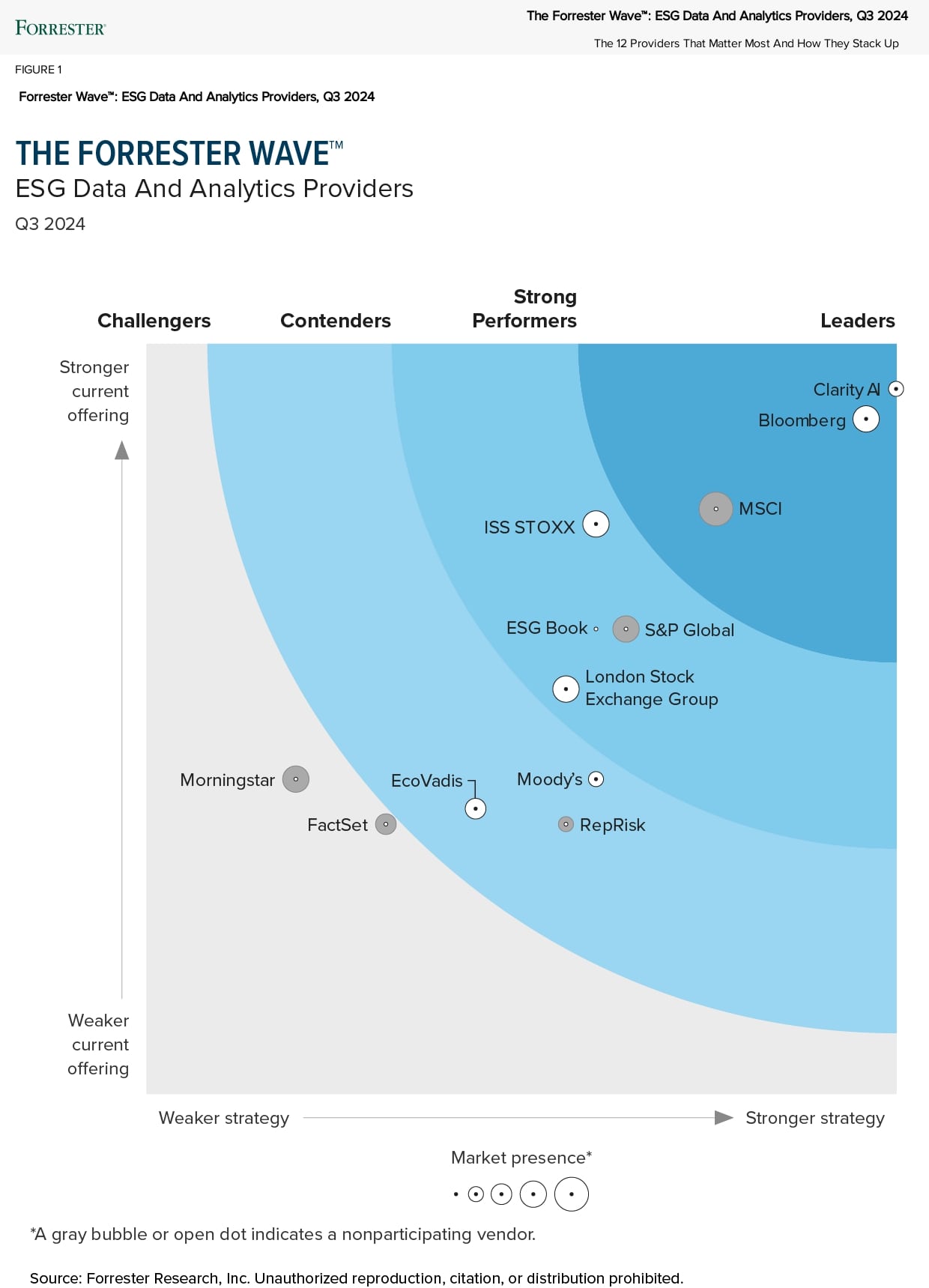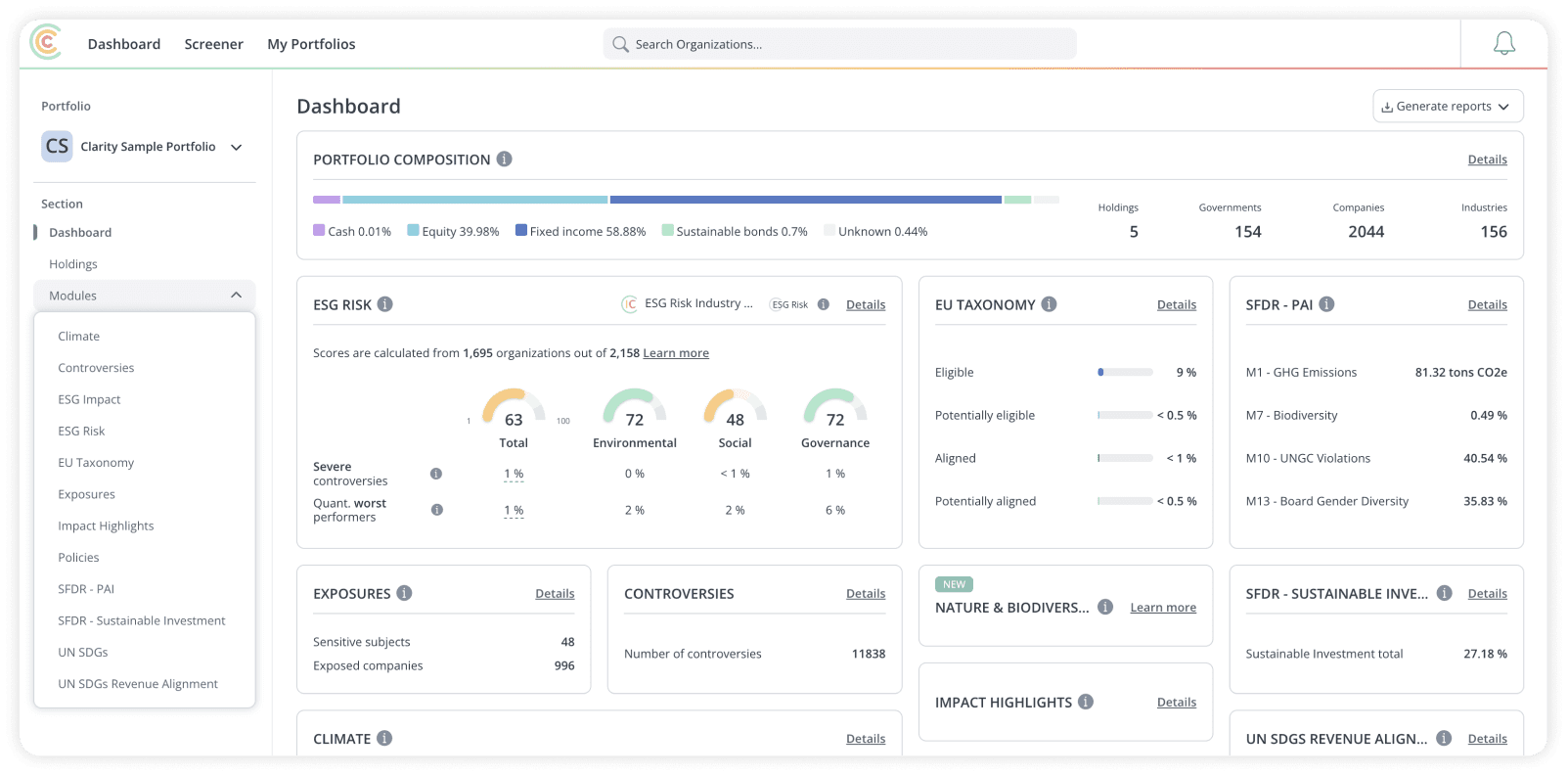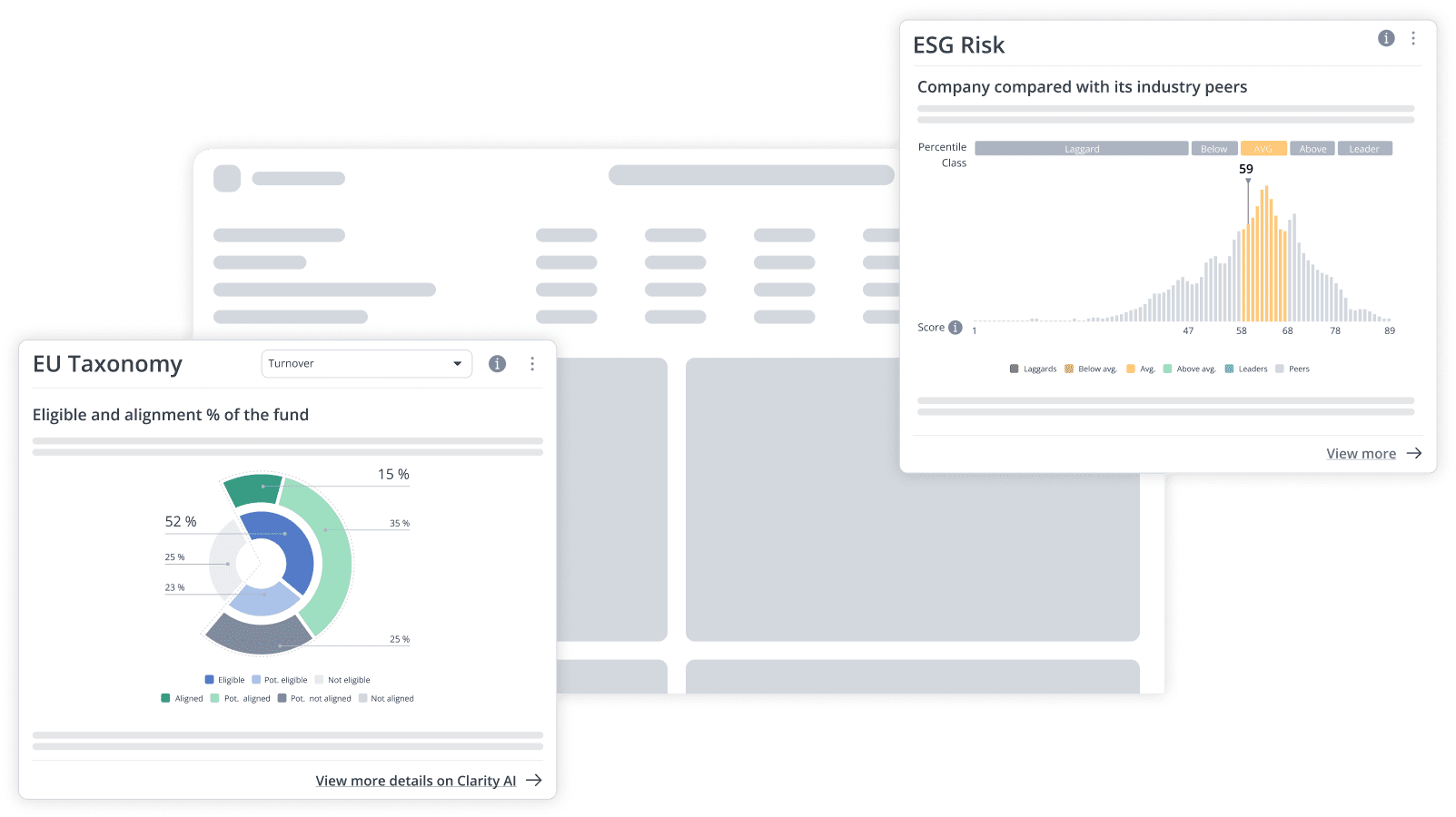Understanding the Impact of Water: Water Consumption vs Water Withdrawal
Identifying where investors need to focus to get a holistic view of water impact
In recognition of World Water Day, Clarity AI wanted to analyze the most common water related metrics, specifically those metrics that track progress and make improvements towards our Water goals.
Defining Water Metrics
There are two main water metrics that we analyzed; water withdrawal and water consumption. Water withdrawal is defined as the sum of all water drawn either from surface water, groundwater (including rainwater), seawater or provided by a third party, for any use over the course of the reporting period. Water consumption measures water used by an organization such that it is no longer available for use by the ecosystem or local community in the reporting period. It is the sum of all water that has been withdrawn and incorporated into products, used in the production of crops or generated as waste, has evaporated, transpired, or been consumed by humans or livestock, or is polluted to the point of being unusable by other users, and is therefore not released back to surface water, groundwater, seawater, or a third party over the course of the reporting period. A simple equation to understand water consumption is Water Consumption = Total Water Withdrawal – Total Water Discharge.
The amount of water withdrawn and consumed by a company has an impact on the functioning of the ecosystem and on the quality of life in an area, including economic consequences for local communities and indigenous peoples. Though both metrics might sound similar, choosing one or the other leads to very different results.
What Metrics are Used in the Market
The SFDR regulation defines water consumption as a Principal Adverse Impact Indicator (PAI), suggesting that consumption is a key metric to understand negative effects of a company’s operations in relation to water.
Looking at a sample of ~19K companies that Clarity AI has identified as priority, only 2.5K organizations report on water withdrawal while the number drops to 2.1K when looking at water consumption.
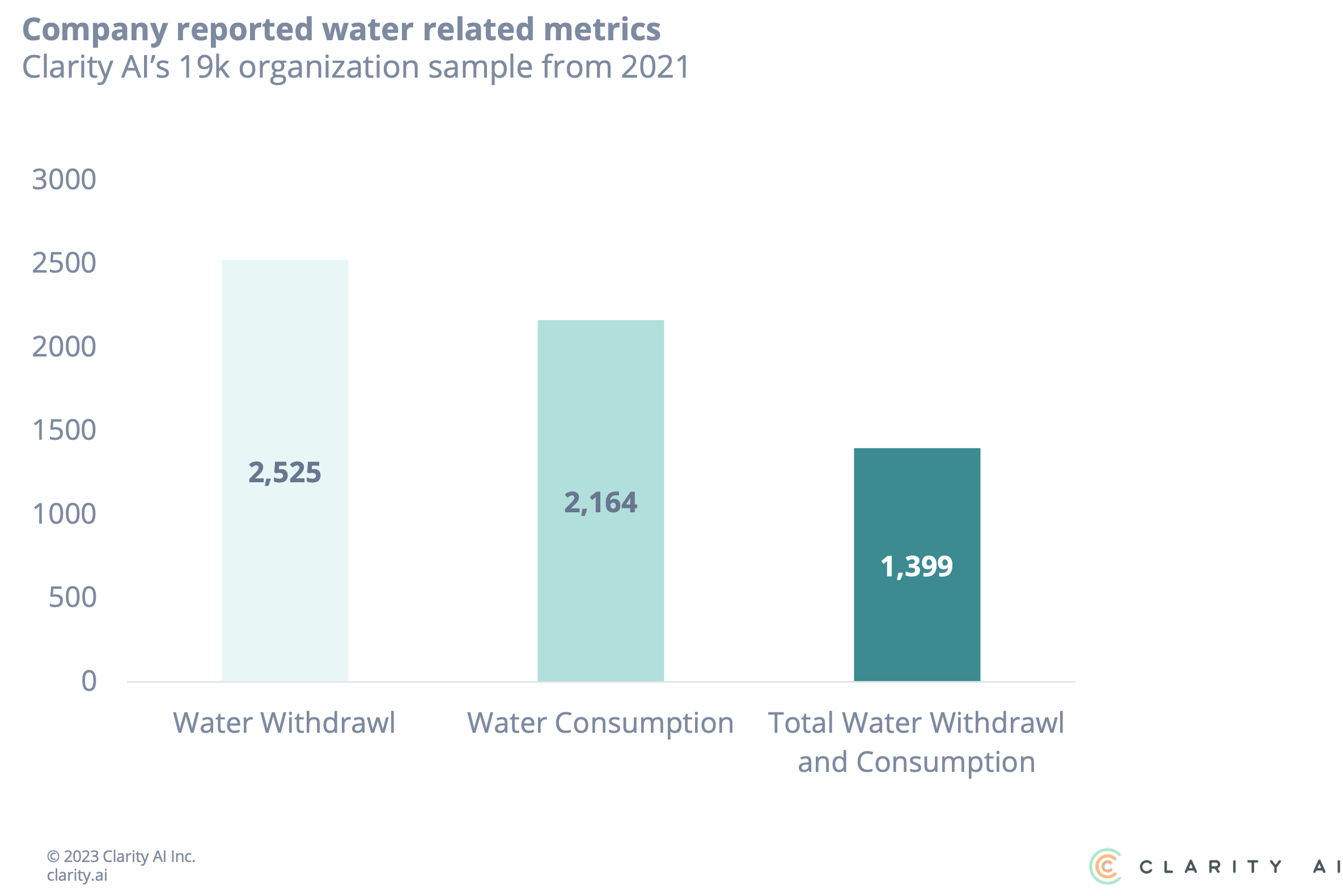
Analysis by Industry
In addition to understanding the differences between water consumption and water withdrawal we wanted to analyze how these metrics are dispersed across industries.
Utilities withdraw +70% of the total water withdrawn by companies, however only consume roughly 25% of the total water consumed by companies in the sample.
- Utilities withdraw water to use in their cooling systems, releasing most of the heated water back into the ecosystem. The share of water that is evaporated in the process is not discharged and would be considered water consumption.
- Increased water temperatures in receiving water bodies as cooling water is returned to the environment generates negative impacts on aquatic life. Additionally large volumes of water withdrawal, even if later discharged, result in deprioritization of other uses.
However, if focusing only on water withdrawal, sectors like Consumer Staples, that account for 10% of total water consumed by the companies, but only 2% of the withdrawals, would pass under the radar. In the Consumer Staples sector, the main water use is for irrigation of agricultural land.
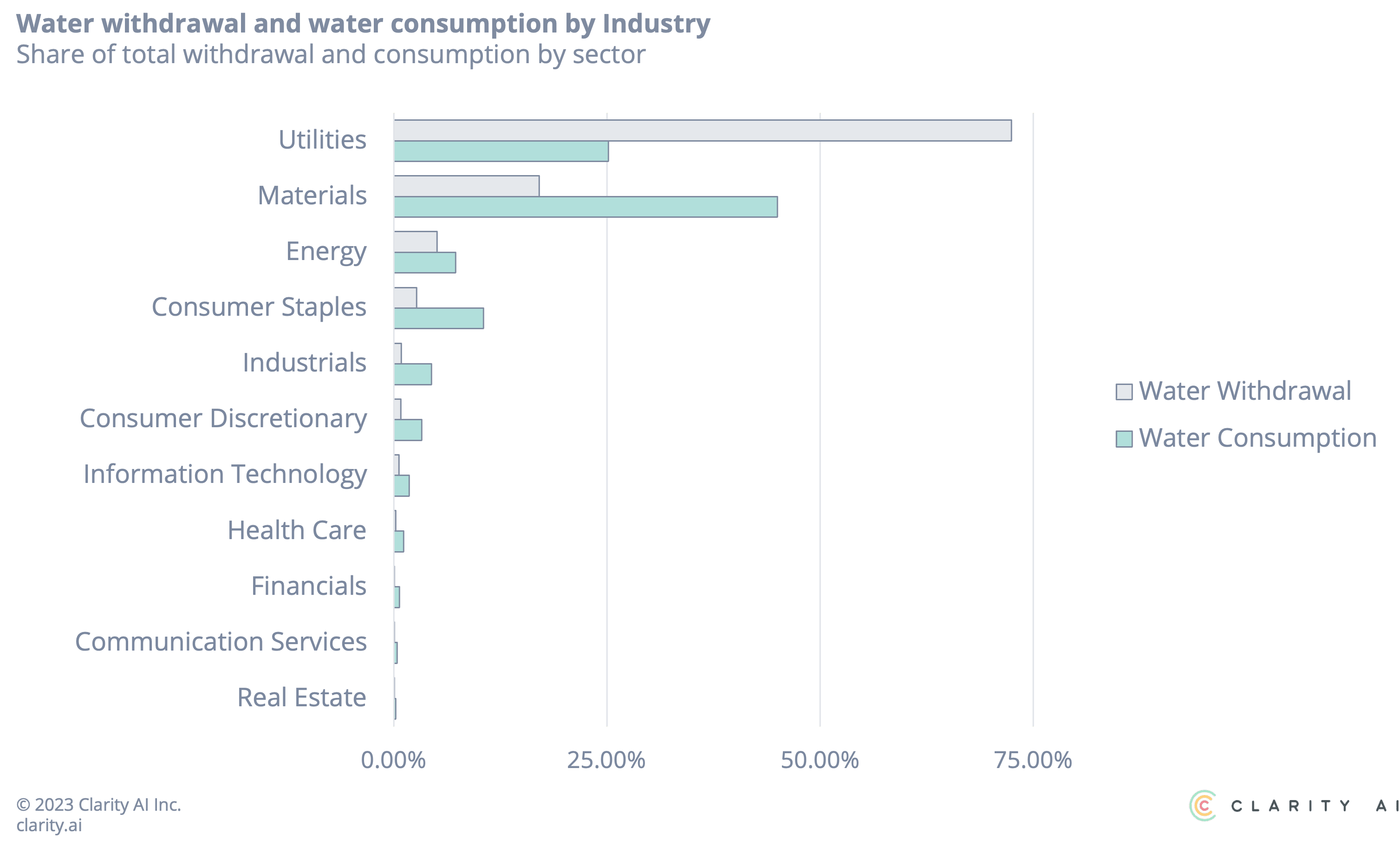
It is critical that investors look at both water withdrawal and water consumption. On one hand, measurements of water withdrawal indicate the level of competition and dependence on water resources. On the other hand, water consumption is about the impact of water withdrawals on downstream availability, and it is key to understand water shortage and scarcity.



